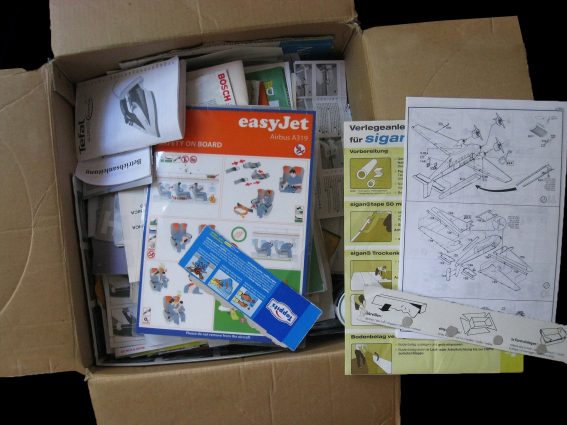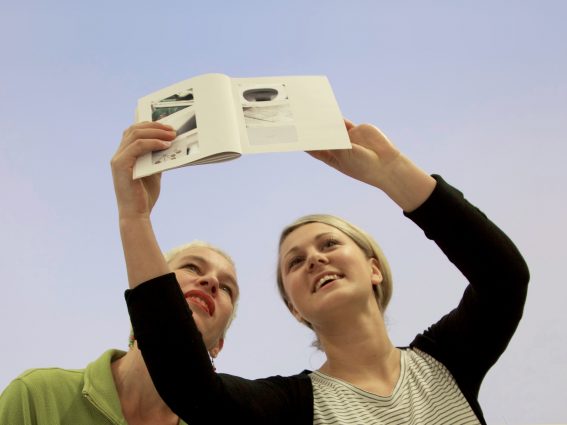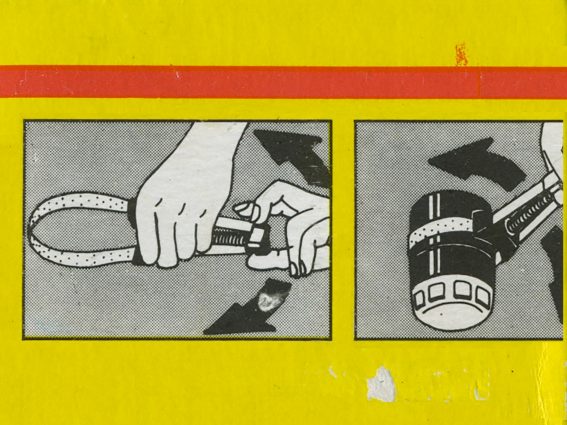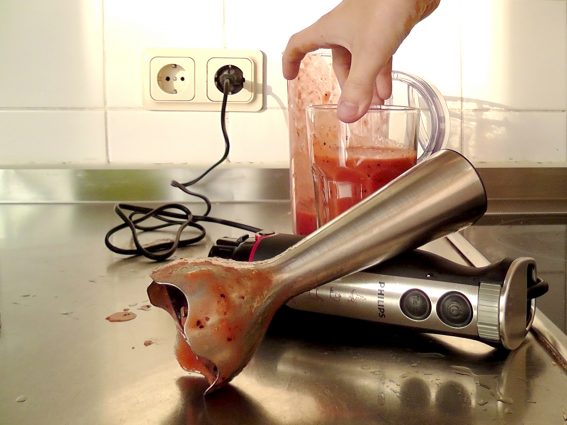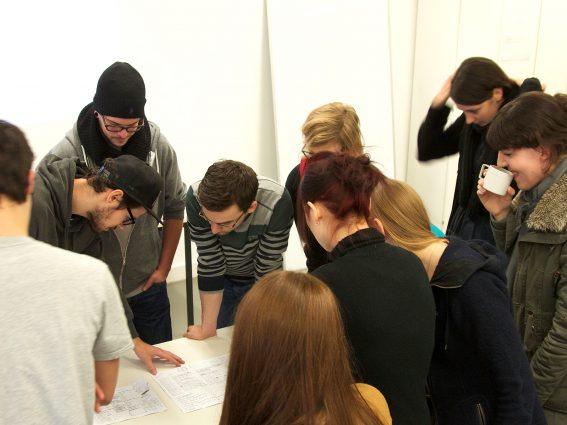So who reads manuals anyway? They are mostly just hard to understand. In the worst, and sadly all-too-common cases, they are all Greek to us. Manuals seem to be the weak spot between the potential and the actual way a device is used. So, let’s have a look at what the standards are, where the shortages are, and at what would be desirable. And let’s try every trick in the book.
»RTFM, Read The Fucking Manual!« you might have read this somewhere already. Unfortunately, manuals are very often just far too … manual!. What a pity! They could very well be »friendly« instead. Would it not be wonderful if products were not only utterly comprehensibly designed, but the attached manuals were too? However, manuals seem to be a bone-dry subject, that only a few good designers care to deal with. And yet, it is possible to inject a bit of whit, ingenuity and entertainment here. A world-improvement could be achieved here that might appear small, but would in fact save many people’s nerves.
To first approach the subject, we »visit« my »cabinet of curiosities«: a big box full of manuals of many kinds. They allow us to perceive attitudes, conventions, and atmospheres. We can study images and texts, structures, dramaturgy, typography, and colours. A fundamental understanding of processes, features, and parts of a product turns out to be vital. It is just as necessary that we should be able to communicate their use by graphic means. Next, the values of a company, like trustworthiness, sympathy, or innovation are relevant. And last but not least, the users’ ability, and will to understand a product. We shed a light on their positions, and experimentally reenact their influence on the result.
procedure
Practical tasks alternate with theoretical digressions and short presentations. The participants work in groups, in two and on their own on on contributions made by me and themselves. Products of low complexity serve us to test uses and manuals. We manipulate and adjust graphic details, we rethink and redesign.
aim
Sensitization for the various starting points of companies, users, product designers and communication designers that become visible and take effect in manuals. Basic understanding of opportunities, and perils within the graphic design of manuals. Awareness of the desirable skills. Competence of assessing one’s own skills, and where it might be a good idea to bring in a professional communication designer or product designer in. Sense of how good she or he is.
compatibility
I am looking forward to come to your university, studio, institution, company. Just send me a mail so we can arrange details and dates.
Undoubtedly good is, what everyone understands.
Leo N. Tolstoi

